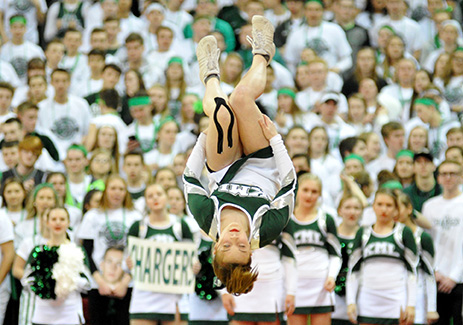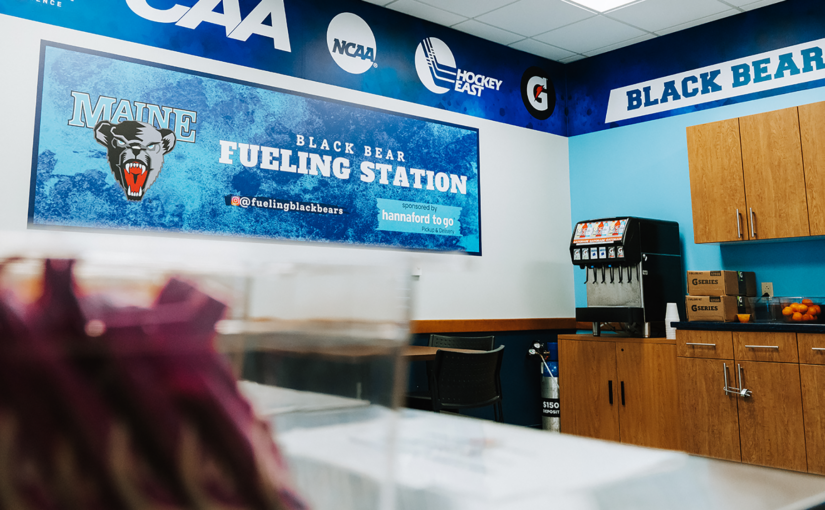Colorado, Pennsylvania Update Return-To-Sports Guidelines
The Colorado High School Athletics and Activities Association’s (CHSAAA) resocialization task force met on June 3 to begin building a foundational return-to-sports plan for the 2020-21 school year, according to The Summit Daily. The Pennsylvania Interscholastic Athletic Association (PIAA) also announced last week a list of protocols to resume out-of-season activities, via press release on the PIAA’s website.
 In Colorado, the task force was made up of pediatricians, orthopedists, sports medicine doctors, athletic trainers, superintendents, school administrators, coaches, and association pandemic. The task force classified the CHSAAA’s 29 sports in three different categories of lower risk, moderate risk, and higher risk.
In Colorado, the task force was made up of pediatricians, orthopedists, sports medicine doctors, athletic trainers, superintendents, school administrators, coaches, and association pandemic. The task force classified the CHSAAA’s 29 sports in three different categories of lower risk, moderate risk, and higher risk.
Lower risk sports, defined as ones that can be conducted with social distancing and no sharing of equipment, include golf, tennis, skiing, swimming, tennis, bowling, and cheerleading.
Moderate risk sports, defined as ones involving sustained close contact with protective equipment in place that may reduce respiratory particle transmission, including cross country, track and field, field hockey, gymnastics, soccer, softball, volleyball baseball, and lacrosse.
Higher risk sports, defined as those that involve close, sustained contact between participants and a lack of significant protective barriers, include football, competitive cheerleading and dance, basketball, ice hockey, and wrestling.
“The traditional structure of a fall, spring or winter season has to be reexamined as resuming at any level could look different,” said Commissioner Rhonda Blanford-Green in a statement, according to The Summit Daily.
In the Keystone State, the PIAA reminded student-athletes that voluntary, out-of-season activities are currently not permitted until July 1, if not earlier.
According to its press release, schools are encouraged to evaluate return‐to‐sports policies that address, at a minimum, the following areas: pre‐workout screening; limitations on the number of students participating together; sanitizing facilities; permitted types of physical activity; usage of athletic equipment, and individualized hydration. As has been recommended by the PIAA Sports Medicine Advisory Committee (SMAC), schools should tailor re‐start guidelines to fit a school’s local needs, as opposed to a reliance on a “one‐size fits all” approach.
» RELATED: State-by-State Update on High School Sports
PIAA Executive Director, Dr. Robert Lombardi, emphasized, “in anticipation of PDE guidance being issued soon, schools need to be assessing appropriate return to play protocols for them to be able to open up their campuses.”
To read the full story from The Summit Daily on CHSAAA’s return-to-sports protocols, click here. To read the full press release from the PIAA’s update, click here.







